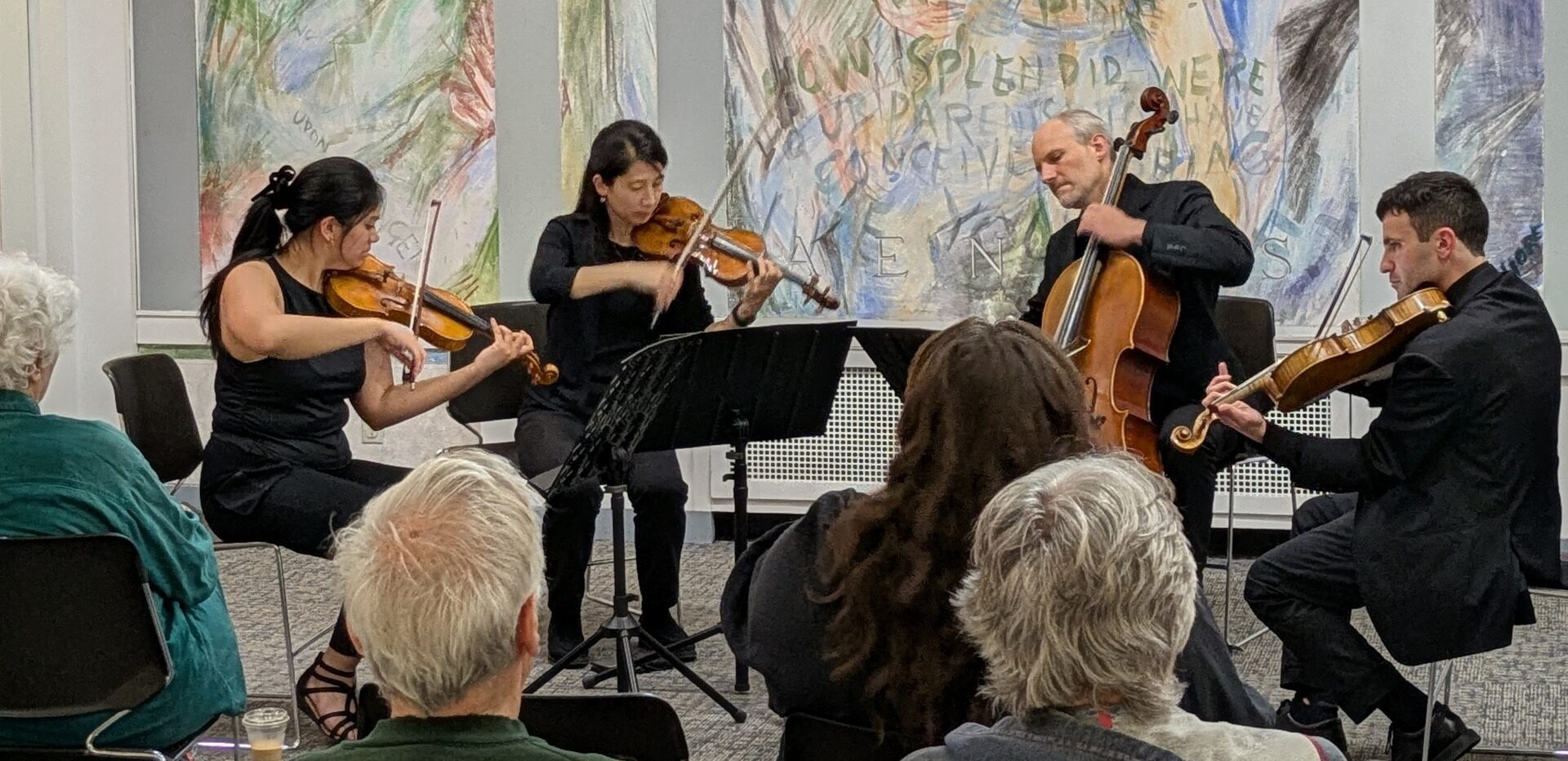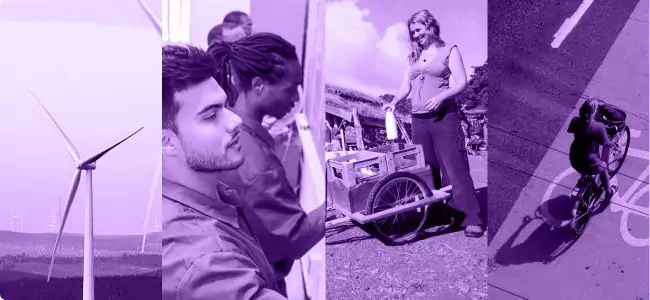In February 2025, in the shadow of the Israel-Hamas War with its rising death toll and humanitarian crisis, a small audience in a library in Chicago experienced the war’s heartbreak, one note at a time. A classical string quartet played Lao Rahal Soti (“If My Voice Departs”) with the lyrics: If my voice departs, your voices will not / If the singer dies, the songs will remain / bringing together the broken and suffering hearts.
“I’d composed this a very long time ago and this seemed like such an appropriate time to share it,” Shireen Abu Khader, a Palestinian-Jordanian-Canadian musician, composer and educator, says. “The words are powerful just from a human perspective … anybody can connect with it.”
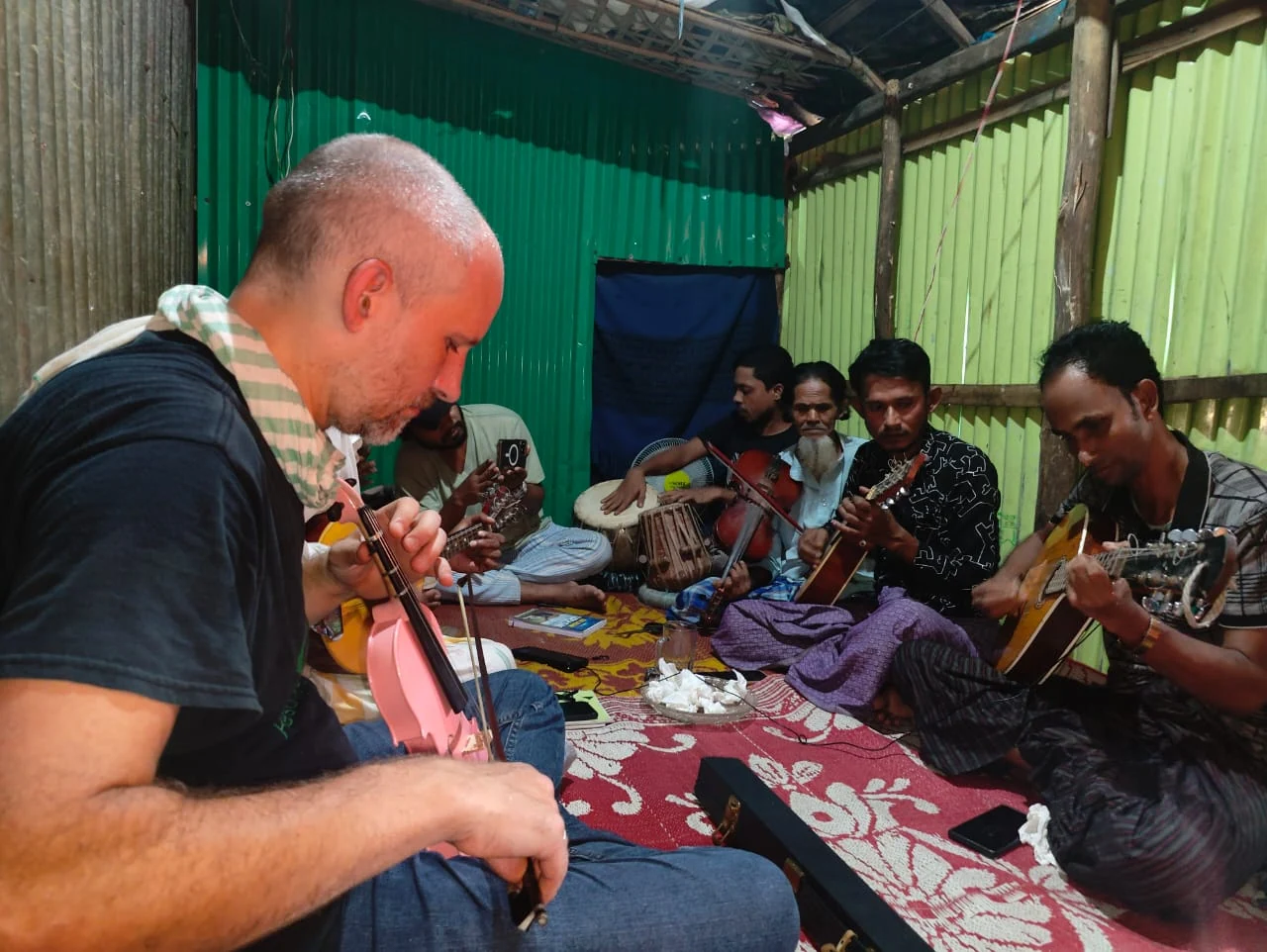
This universality of music, its ability to elicit the same emotions in diverse audiences, is exactly what inspires the work of Chicago-based nonprofit Crossing Borders Music. Composed of artists trained mainly in the Western classical tradition, the group compiles and performs music from Haitian, Palestinian, Rohingya, Native American and many other marginalized communities via free concerts held in libraries, cultural centers and university spaces across the United States.
“Often, we find that in the West, refugees and immigrants are defined only by the conflict in their home countries,” says Tom Clowes, a classical cellist and the founder of Crossing Borders. “But nobody wants to be defined by the worst things that have happened to them, especially when it’s not even something that they’ve done, but something that’s happened to them.” The nonprofit’s musical collaborations and concerts are a bid to not just showcase these diverse and complex musical traditions, but also to create empathy and understanding for immigrants and other communities who often get overlooked because of race, ethnicity, disability, gender, sexual orientation, identity or past trauma.
Crossing Borders reaches over 10,000 people in person and online each year and organized 27 free concerts in 2024. “And when we hear audience members say our music defied their expectations or broadened their worldview, or that they felt their culture was affirmed and uplifted, we know we’re fulfilling our mission,” Clowes says.
Music for a world in motion
The idea of Crossing Borders Music took seed when Clowes started teaching cello and Western-style music in Haiti in 2000. Every year, he fell deeper in love with Haitian culture, history and of course, its centuries-old Western classical music tradition. “Unfortunately, back in the United States, people only had these dehumanized stereotypes and misrepresentations of Haiti,” he says. Few knew that the country had a complex and beautiful classical music tradition. After the devastating 2010 earthquake, while preparing for a radio interview, Clowes asked his Haitian friends what they wanted people in the U.S. to know about Haiti. They said they wanted people to know about the beauty of Haiti and its culture, and how even in the face of horrible tragedy, Haitians came together as one. Clowes created a repertoire of Haitian music, performed it in Chicago, and Crossing Borders Music was born in 2011.
Weighed down by negative news?
Our smart, bright, weekly newsletter is the uplift you’ve been looking for.
The music that Crossing Borders creates with diverse communities has distinct ethnic and cultural flavors, but the emotions it evokes are universal. For example, the concert that Abu Khader curated, Mourning, Refuge, and Unity: String Quartets from the Arab World, featured Lebanese composer Elie Kallab’s Tango al Maboor, which is about his memory of being evacuated from his childhood home in al Maboor. These concerts, Abu Khader says, take audiences and artists “into a space of shared humanity.”
To further enhance the cultural connections fostered by the music, storytelling has also become a hallmark of the concerts. “In 2019, we began collaborating with the National Cambodian Heritage Museum in Chicago and found that the aunties in the community who had survived the Khmer Rouge and resettled here had great stories to tell,” Clowes says. The depth that storytelling added to the music inspired Clowes to replicate this with the Rohingya community. “When I asked the community what sort of project they’d like, they said that their culture and musical tradition was suppressed and [was] disappearing very fast,” he recounts. In October 2024, Clowes stayed for a month outside the world’s largest Rohingya camps in Cox’s Bazar in Bangladesh, where he recorded dozens of songs and stories. He is now sharing them as widely as possible. Crossing Borders is also going to start bringing teachers of Rohingya music in Bangladesh to Chicago to give traditional music lessons to Rohingya children living there.
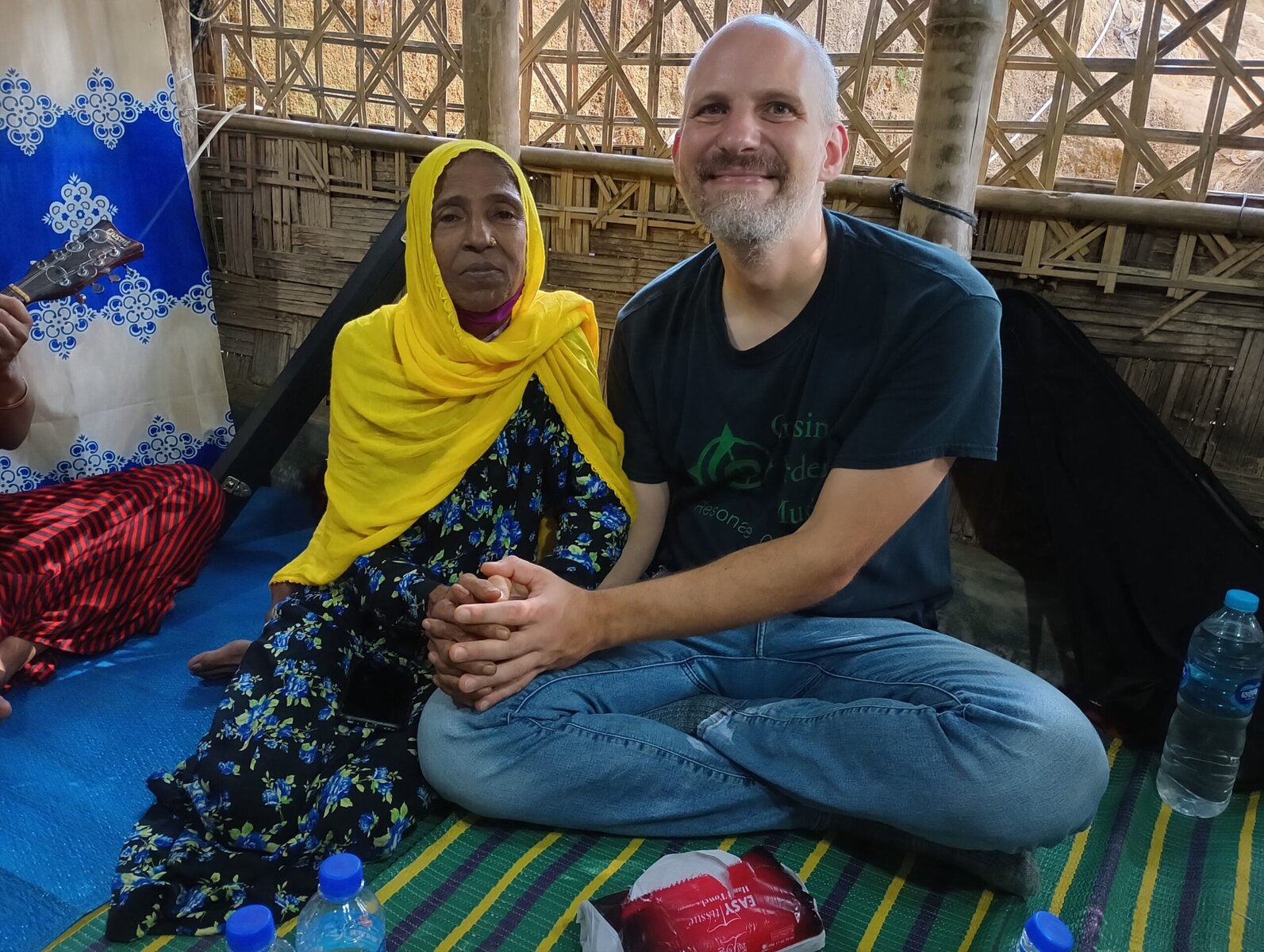
The Rohingya artists requested that Crossing Borders arrange their music — traditionally played on mandolin, harmonium, violin, tabla and zuri (hand percussion) — on Western classical instruments. Clowes is working (“very slowly,” he adds) on the arrangements. “This year in 2025, we should be sharing, for the first time, arrangements of Rohingya music with our core ensemble, a [Western classical] string quartet with videos of Rohingya musicians playing, but also talking about their lives and their stories,” he says.
Building musical bridges
Refugee music has become a powerful tool to build understanding and empathy in host communities across the world. For example, in 2024, when 700 young artists from conflict zones including Afghanistan, Israel, Ukraine and Venezuela performed at New York’s Carnegie Hall during its festival World Orchestra Week, a review stated that “as a demonstration of courage and determination and love of music, this concert would be hard to top.” Another U.S. nonprofit, the Refugee Orchestra Project, provides a space for refugees and immigrants to share their experiences through music.
“Because music transcends borders, language and culture, listeners react to it emotionally; it helps them realize how artificial the external differences between people are,” Clowes says. Abu Khader tells her students at the Toronto Children’s Choir that all they need to focus on is connecting with one single person in the audience. “Just shift just one person, that’s good enough,” she says.
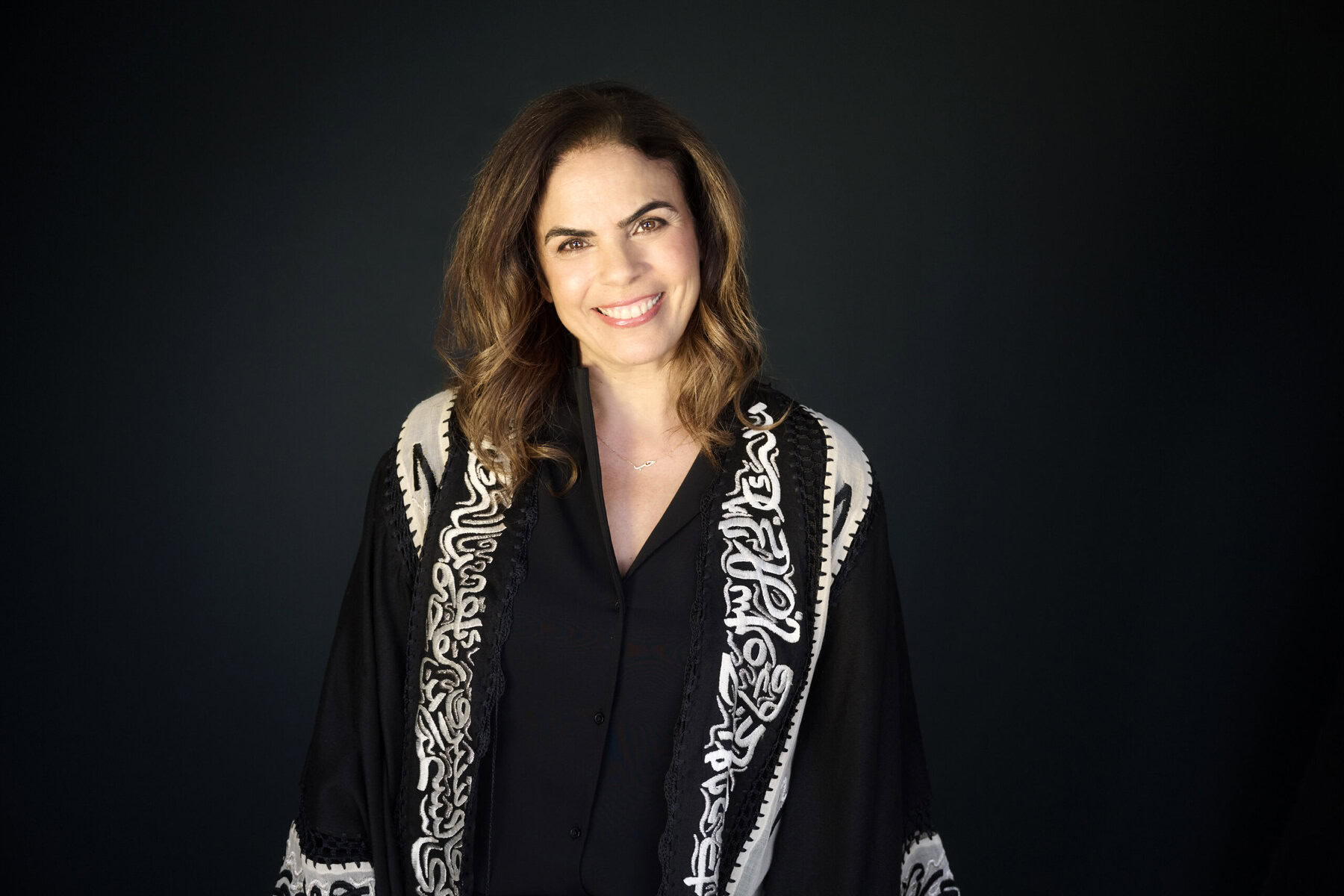
To an extent, this is happening. After every Crossing Borders concert, Clowes and his team ask the audience for feedback. Over 90 percent of audience members report finding something unexpected, learning something new, wanting to learn more about the featured culture, or feeling that their own culture was affirmed and uplifted.
Research also shows that participating in musical activities can help young refugees cope with everyday challenges by creating a safe and supportive environment for them to express their emotions, build social connections and develop coping skills. Performing music from refugee cultures has also produced some success stories. For example, Afghan musician Milad Yousefi won an Emmy award in 2024 for outstanding musical composition in the film The Night Doctrine, the first Afghan to win this honor. In Ireland, Mohammad Syfkhan, a Kurdish Syrian father of five, has been enthralling audiences with his electrified performances of Kurdish, Arabic and Turkish traditional songs, both covers and originals. Since he fled Syria in 2016, he has been playing his bouzouki to get audiences to empathize with the plight of the Kurdish people.
From neither here nor there
Crossing Borders’ musical collaborations take months, sometimes years, of research and practice. But both Clowes and Abu Khader say that often the end product, a fusion of Western instruments and refugee voices, sounds as stateless as the refugees themselves. Referring to the group’s Haitian repertoire, Clowes says: “This particular style of music that we’ve shared, people in the Western classical world consider it not really part of them, and the people in Haiti say it is certainly not Haitian traditional music either.” Abu Khader’s choral concerts — and her company Dozan World, which publishes music from the Levant — have received similar feedback. This music may not be traditional, but she says it is the sound of “a world in motion; it is music that changed with us when we left our homes and crossed borders.”
Like the journeys of many refugees themselves, the journey of their music is sometimes difficult. “In Haitian music, there are certain rhythms that I believe come from West Africa, which don’t really fit in European notation,” Clowes says. “And similarly, in Levantine music, there are notes that the piano doesn’t have. For us to hear and play those notes was very challenging.”
Wait, you’re not a member yet?
Join the Reasons to be Cheerful community by supporting our nonprofit publication and giving what you can.
However, the biggest challenge is funding. Crossing Borders runs on private grants and some government funds, but in early May, the National Endowment for the Arts withdrew its funding for the nonprofit’s project for an inclusive chamber music series that is presently underway. “We’d love to hold more concerts in other cities, take our programs to more schools and universities, but this is all we can do with our present capabilities,” Clowes says.
Meanwhile, Clowes is working on arranging Rohingya music and Abu Khader is trying to reach new audiences. “Ultimately, the goal is not just to perform, but to connect. Every note carries a story, every lyric becomes a thread between worlds,” she says. “And when those threads are woven together, something powerful begins to emerge: understanding, healing and the reclamation of dignity — one song at a time.”
